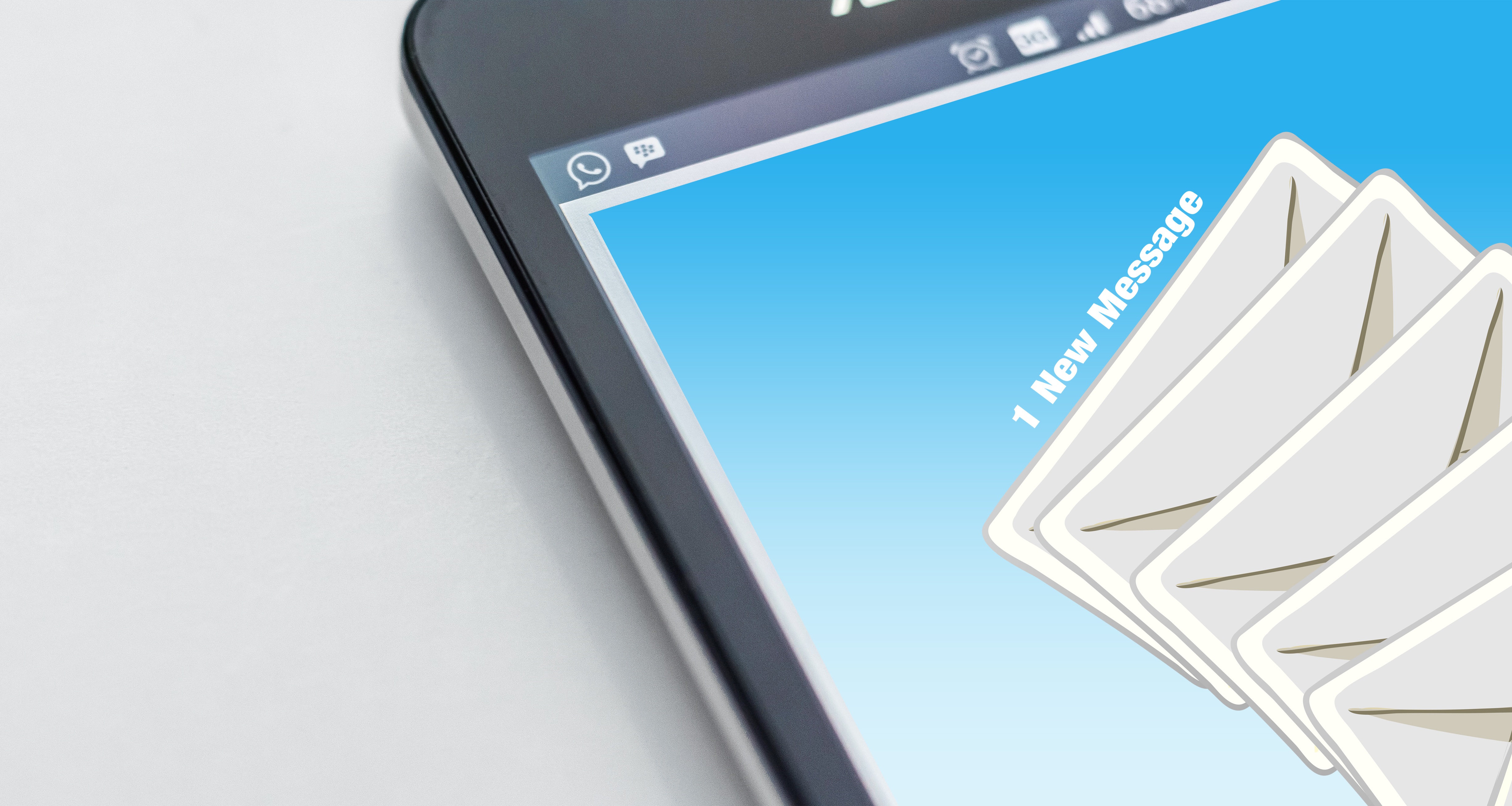As a financial marketer, if you had to pick one, what piece of customer or member information would you rate as the most valuable to your marketing efforts? Is it…
- A phone number?
- An address?
- Checking account information?
- Social media usernames or handles?
- Email address?
- Web surfing behavior?
It’s a tough call…if you get to pick only one piece of information. If you answered email address to that question, congratulations! You’re in the majority of other B2C marketers.
According to a recent survey conducted by Forrester Consulting, 89% of marketers consider their customer’s email address to be the single most valuable piece of identification data available to them. That’s a lot of marketers agreeing on one thing! This means that email addresses – and subsequently, email marketing – continue to be a vital channel for B2C companies reaching consumers. Using it for both awareness and sales approaches, owning a customer’s email address opens the door to boundless marketing possibilities. Right?
I know what you’re thinking by now. Email marketing is dead! Millennials and iGen want nothing to do with it! Open and click-through rates are declining! Why would I pour marketing resources into a dying channel?
But you’d be wrong! This is where we see the trends of email marketing taking on a new course and breathing new life into this channel. True, email marketing has a lot of hurdles in today’s digital world. Not the least of which include: gathering correct and monitored email addresses, creating engaging email campaigns, attracting attention with snappy subject lines, trying to avoid SPAM filters and striking the balance between a blatant sales offer and a strong call to action.
But brands are innovating with email marketing, because they know that just because Millennials and iGens say they don’t respond to emails doesn’t necessarily make it true. That goes for Gen X and Baby Boomers as well. Instead, we as marketers are getting smarter about how to use email. Take a look at some of the trends over the past two years, according to a study by Econsultancy:
- Using behavioral triggers. To put a new twist on the “choose your own adventure” stories from Millennials’ youth, brands are now using behavioral triggers within email campaign call to actions in order to refine future email marketing efforts. The end result is a much more relevant message for the consumer.
- Use of dynamic elements. Brands are getting more creative with email marketing by using video content, GIFs, and more embedded in emails to draw more attention to the message.
- Automation to trigger 1:1 communication. Today’s email platforms continue to become more and more complex while adding new features. Many platforms employ some type of automation feature to allow your brand to directly connect with consumers who take interest in your emails. Using this to drive one-on-one conversations puts a much more personal touch on emails.
- Mobile-optimized consumer journey. Designing web-based elements to be mobile friendly is hardly a new trend. However, brands are continuing to enhance the overall user experience from a mobile point of view. Starting with emails and carrying through the call to action and website, the entire customer journey is mobile-centric.
Email marketing is far from over. Just as marketers needed to do with traditional marketing with the rise of digital, we must continue to innovate and find new methods to reach our audience.
What has your bank or credit union done to enhance your email marketing to better reach your target market? What trends do you see in your marketplace?


